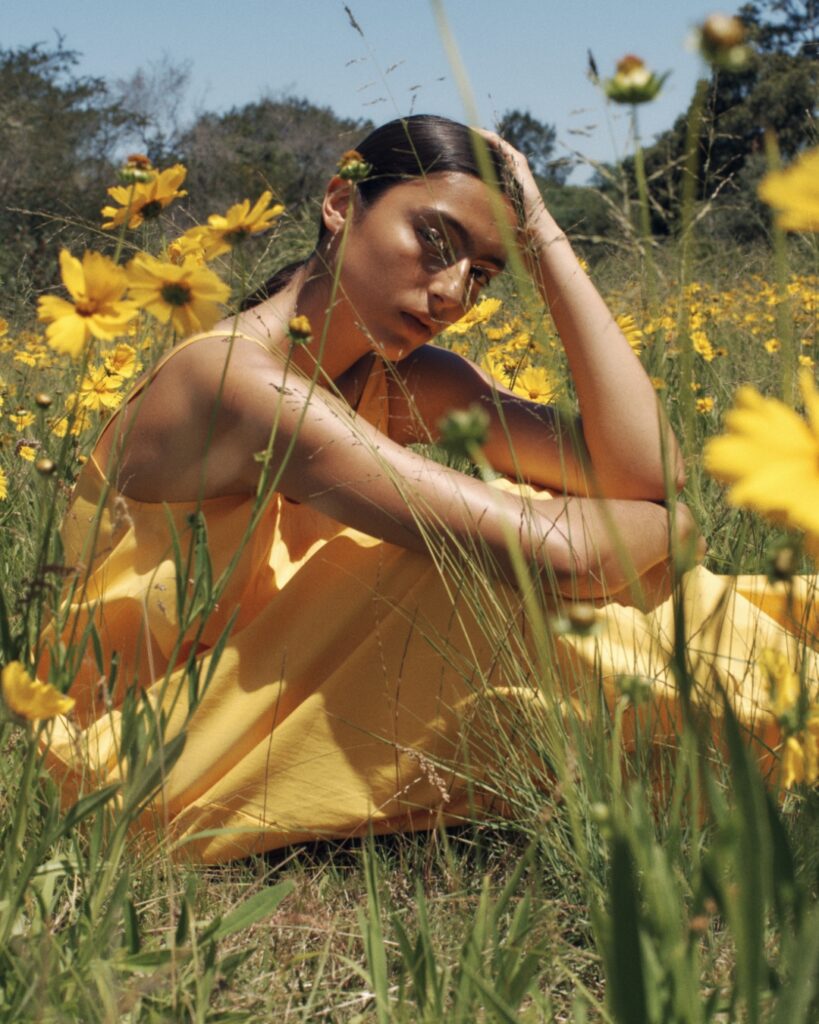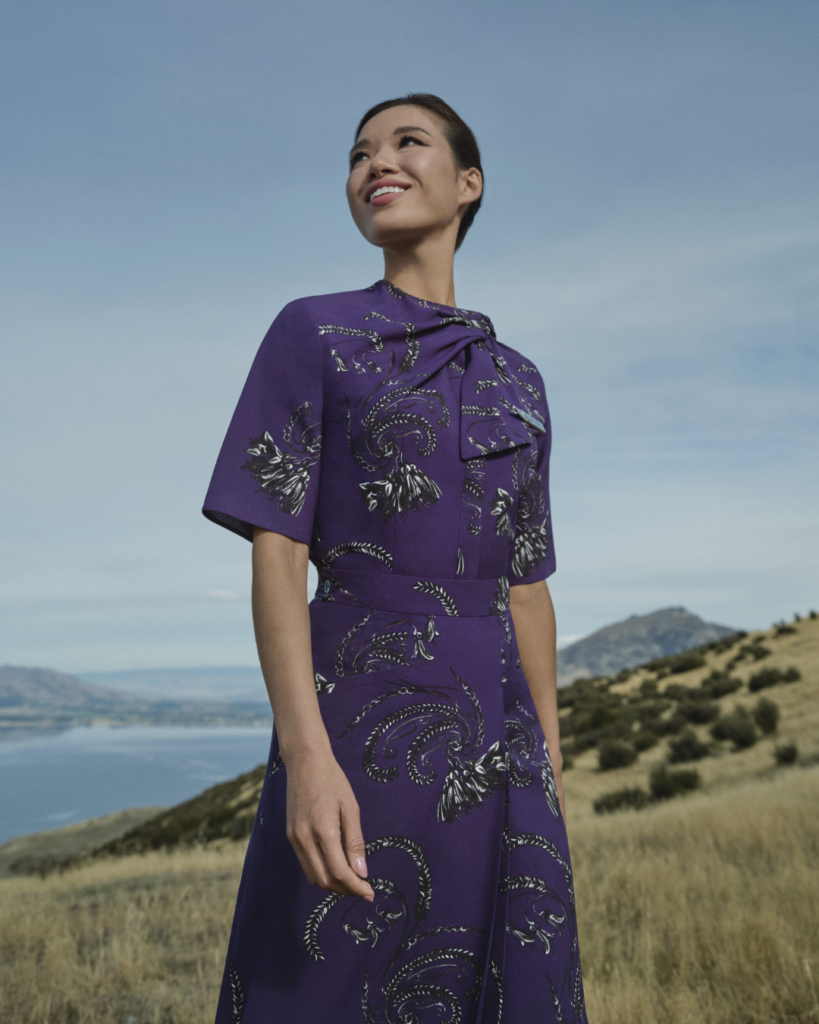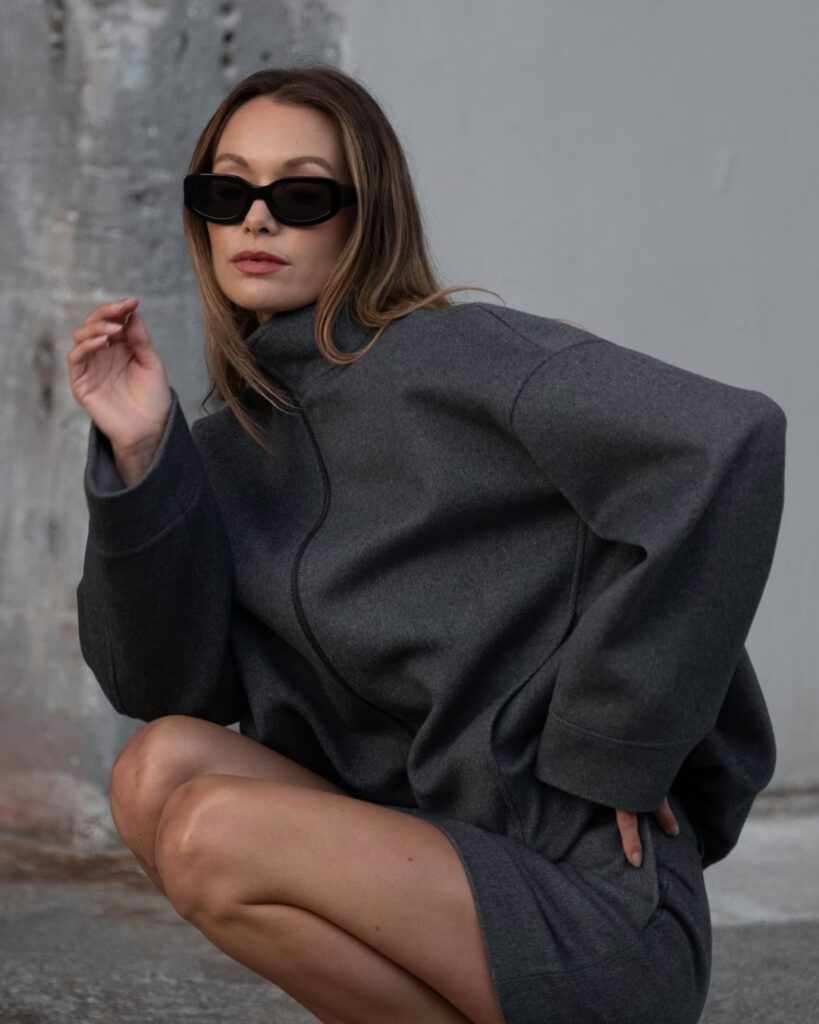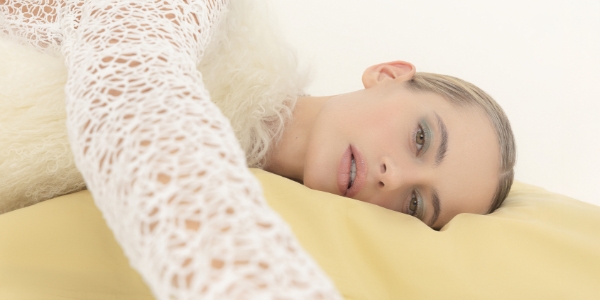All that glitters: 3 important things to consider when choosing an engagement ring
14 April 2023
By Fashion Quarterly
In wake of our autumn ‘Love Issue’, we sat down with Partridge Jewellers to discuss three of the most important things to consider when choosing an engagement ring.

When it comes to planning a proposal, there is much to consider. Where, when, and how to do it, and perhaps most importantly… what type of ring to choose. While getting it right is no easy feat, marking such a monumental step in your relationship should be accompanied by the perfect engagement ring.
Since their founding in 1864, New Zealand’s premier jewellers Partridge Jewellers have established a reputation as one of the most reputable places to get an engagement ring. So if you’re unsure what the 4C’s are, or you don’t quite know the difference between lab-grown versus natural diamonds – consider this your guide.
In collaboration with Partridge Jewellers, we discuss the top three things to consider when choosing an engagement ring.
1. Style
Every engagement ring will have a different setting and overall style. Having an understanding of your partner’s preferences when it comes to style can go a long way. Take cues from their everyday clothing and jewellery choices for valuable insights into the style of engagement ring they might like.
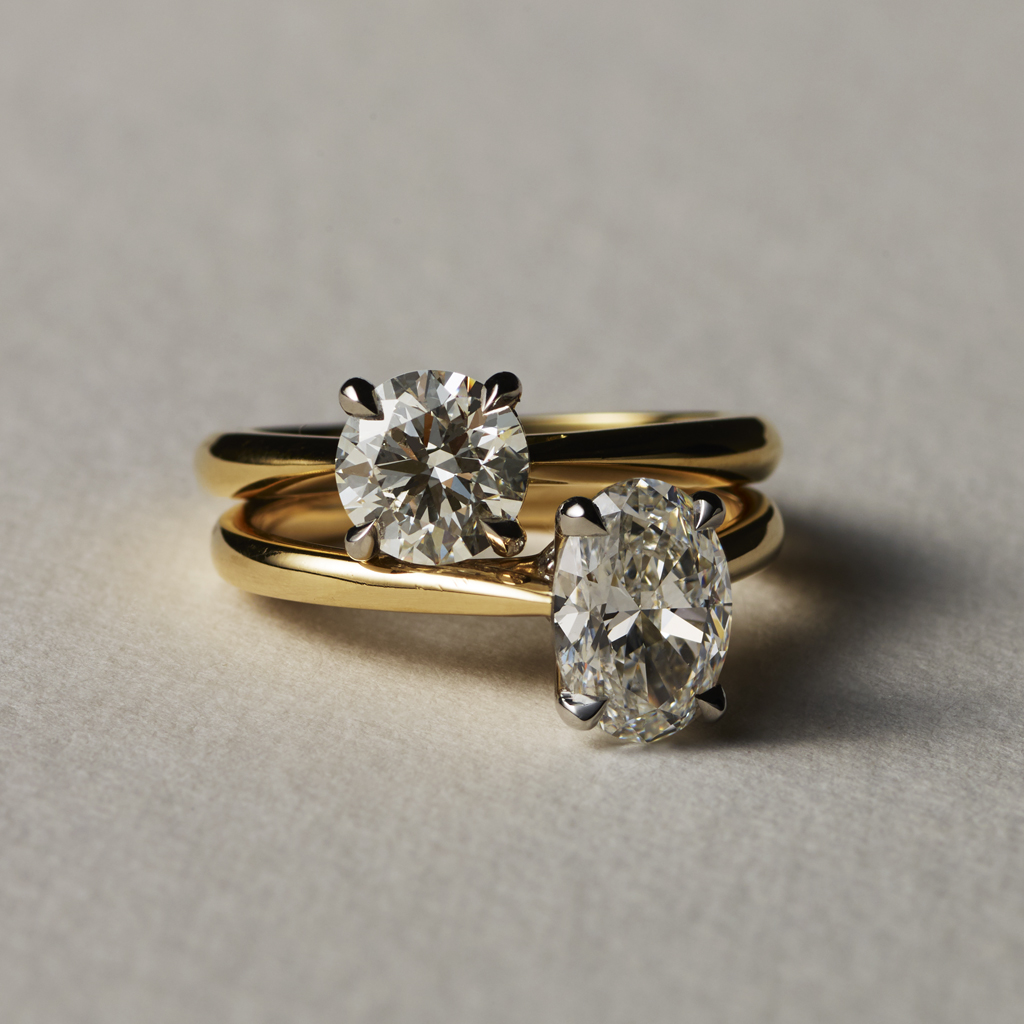
Solitaire
Like its namesake, solitaire-style rings are rings which feature a solitary, central diamond (or other stone) set on a band. Classic and traditional, this style of ring endures the test of time and is the ideal choice for a bride with minimalistic taste.
Image: a solitaire round diamond set on a gold band (top) and an oval solitaire diamond set on a gold band.

Halo
A halo-style ring features a central diamond surrounded by a ring or ‘halo’ of other smaller diamonds. A halo-style can provide the illusion of a larger central diamond, as well as providing extra sparkle when the ring hits the light.
Image: a pear-shaped diamond enhanced by a stunning halo of diamonds
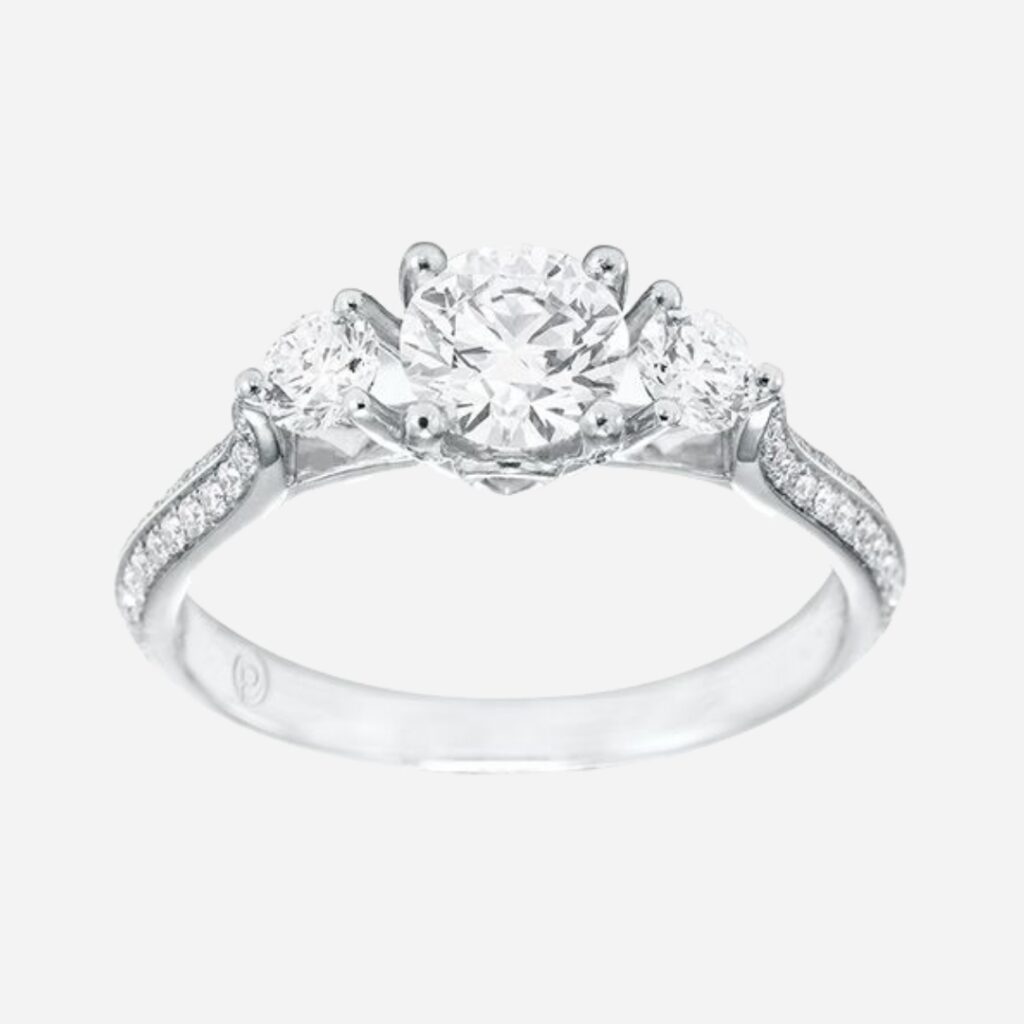
Three-stone
Engagement rings set with three main stones – either equal in size or one primary in the centre and with a secondary stone on either side – is not only an elegant choice but also a symbolic choice with each stone representing the past, present, and future.
This style is often complemented by pavé detailing on the band. This set of small diamonds adds shine and draws attention to the central stones.
2. Lab-grown versus natural diamonds
Considerations such sustainability and traceability have prompted the question as to whether natural diamonds are still the responsible choice. And you’d be right for asking, although the answer isn’t as straightforward as you first might think.
While we have seen a shift in consumer demand towards lab-grown or ‘above-ground’ diamonds, doing your research is still as important as ever.
What many people don’t realise is that lab-grown diamonds are made using high-purity methane and hydrogen gases which are – generally speaking – sourced from the mining of gas, oil, and coal. Being ‘lab-grown’ makes their production inherently infinite meaning that you cannot guarantee what their value will look like over time. These days, natural diamonds are sourced adhering to strict environmental regulations and offer significant economic benefits to the communities they come from. Not to mention they are billions of years old, increasingly valuable and arguably more romantic.
So, if ethically-procured diamonds is high on your list, make sure you discuss this with your jeweller and work with them on choosing an engagement ring that you can rest assured does more good than harm over the course of its lifecycle.
3. The 4 C’s
Last, but certainly not least, you should have an understanding of the 4 C’s when choosing an engagement ring. Introduced by the Gemological Institute of America in the 1950’s, the 4 C’s refer to cut, clarity, colour and carat weight – which are considered the four most important factors for establishing the quality of a diamond.
Cut
The cut of a diamond refers to how well it is proportioned to reflect light and sparkle. A well-cut diamond will emanate ‘fire’ (or flashes of light) when the diamond is moved, while a poorly-cut diamond will not reflect as much light – even if its clarity, colour and carat are all good. Cut is classified into excellent, very good, good and fair.
Clarity
The clarity of a diamond refers to how pure, rare and free of blemishes it is. While these blemishes are naturally occurring and may not be visible to the naked eye, the size, placement and amount of blemishes a diamond has will impact its price. Clarity is graded as: flawless, internally flawless, very very slightly included (vvs), very slightly included (vs), slightly included (si) and included (i-1, i-2, i-3).
Colour
Central to a diamond’s appearance is its colour. Most white diamonds in nature feature a slight yellow tint, with colourless and almost completely colourless diamonds being the most highly regarded and sought after. The GIA colour scale begins at D, meaning colourless, and going all the way to Z, which refers to a light-yellow diamond.
Carat
Carat refers to the weight of a diamond as opposed to the size. Carat weights can appear differently depending on the shape that the diamond is cut, meaning that a diamond may have a higher carat without actually appearing larger to the eye. The higher the carat of a singular diamond, the more rare and expensive it will be. Most diamonds are between 0.5 and 2 carats.





